There weren’t many people in Yellowstone Sunday afternoon, but they were all doing the same thing—enjoying the last day before the interior park roads close for the winter.
Winter seemed impossibly far off on Sunday, with bluebird skies, bright sunshine and a cool breeze blowing at various points between Mammoth Hot Springs and Canyon. But blue skies or not, the roads were scheduled to close early the following morning. They will reopen in mid-December for oversnow travel in snowcoaches or on snowmobiles.
The line at the North Entrance station was short as I passed through in the late morning. I offered the fee-collecting ranger at the entrance congratulations for surviving the summer. She was surprisingly perky, said she looked forward to staying busy through the winter. The North Entrance is open year-round, and she’ll see employees headed to work at Mammoth Hot Springs all winter as well as contractors working on the Mammoth Hotel.
And holy cow, they’ve gotten after the Mammoth Hotel construction project in a hurry. The hotel is getting a makeover and a relatively small two-story addition, which will increase the size of the gift shop and create a meeting space on the second floor. It’s a two-year project. The hotel will be closed this winter and next, but will be open next summer. And when it reopens for the summer season in 2018, the plan is that the hotel will be open year-round from that point.
Park concession company Xanterra Parks and Resorts moved its central reservation office out of the hotel in late October. The reservations staff and a few other year-round employees moved across the former military parade ground to a two-story building that once housed a Haynes photo shop.
I passed through Mammoth and headed south. At the top of the Mammoth Hot Springs, I turned into the Upper Terrace Drive for one last look around. I realized the next time I’m on that road I’m likely to be on cross-country skis. The 1.5 mile one-way loop road is closed to vehicles and groomed for skiing in the winter. The loop trail is hilly with a few challenging spots, not to mention a few spots where the road bed passes over a warm spot, creating an icy patch or two.
I headed up Golden Gate toward Swan Lake Flats. Emerging onto the plateau, with the wide open valley and Gallatin Range off to the west, it’s an iconic view of Yellowstone that never gets old.
I proceeded on and pulled in at Willow Park – it’s one of the large pullouts on the west side of the road south of the Indian Creek Campground. Some years ago there was a sign “Willow Park—Look for moose.” Moose aren’t seen there so much anymore, so the sign came down. The willows border Obsidian Creek, which runs through the meadow. I got out and looked around, walked down to the creek. I saw some scat that could have been bear, full of animal hair, but also looking pretty old, but I eyed the waist-high, densely packed willows across the creek, just in case. Downstream a short distance there was a pile of sticks and brush, clearly a beaver lodge. I addressed the lodge and any inhabitants who might have been within greeting range.
“Hello, beaver den occupants. I don’t expect to see you at very near high noon because I know your kind to be ‘crepuscular,’ that is, most active at dawn and dusk.”
I headed back to my car, stopping to take a selfie of myself hugging a tree.
Then I bumped into a National Park Service maintenance worker who had stopped to check on the vault toilet there. Turned out to be an old acquaintance. We exchanged a few pleasantries and moved on.
I headed to Canyon, knowing the day, the first of daylight savings time, would grow short in a hurry. I wanted to get a few viewpoints in at Canyon and maybe make a quick one-last dash into Hayden Valley.
At the Brink of the Upper Falls there were only five or six vehicles. All of the plates were local: I spied Park County, Wyoming plates, Gallatin County, Montana and Park County, Montana. Down at the viewing platform, a couple from Wapiti, Wyoming were taking selfies. I stepped in and volunteered to shoot photos for them. They were out for the last day, too. Wapiti is a small settlement west of Cody, about 30 miles from the East Entrance.
Hayden Valley was nearly empty of humans, vehicles and bison. Of the expanses of bison that summer in Hayden Valley, many head west in the fall to spend the winter along the Firehole River in the Fountain Flats area north of Old Faithful. But there were a few stragglers remaining in Hayden, on both sides of the Yellowstone River.
A friend in Livingston said Monday he and his wife had seen six trumpeter swans on the Yellowstone River not far above the falls earlier Sunday afternoon.
On the way back to Canyon not far from the junction, I saw four or five cars pulled over on both sides of the road. No sign of what they were looking at. I got out and approached a friendly looking man sitting in his car.
“What are we stalking?” I asked.
A great gray owl, he said. He hadn’t seen it, but a gentleman nearby had said there were as many as five living in the forest just south of the road.
This man was from Wapiti, Wyoming, too, coincidentally enough. We marveled at the idea of stopping for a great gray owl.
Nobody ever stops for birds, we agreed, jokingly calling our collective stop a “bird jam.”
I skipped Norris Geyser Basin. I’m not a geyser gazer much—yet. Maybe I’ll take it up in my golden years. My favorite Norris geyser—Echinus—hasn’t erupted in years, and the basin’s other most famous geyser, Steamboat, the world’s tallest geyser at 300 feet, isn’t likely to put on a show. Steamboat’s last eruption was in September of 2014.
As I headed back to Gardiner and Livingston, I pondered previous summer seasons that I’ve spent in and around Yellowstone, remembering hikes, adventures, perhaps even a few shenanigans with lifelong friends and co-workers. It’s a magical place to be, and those of us who manage to carve out a living here never, ever take this privilege for granted.
The end of a summer season is always a little bittersweet—the fall colors, the shortened days all lead to the inevitable last day.
But the Northern Range road is open in the winter from Mammoth to Cooke City, and winter in Yellowstone is its own kind of magic. We’ll be back—on cross-country skis—soon enough.
 Yellowstone Insider Your Complete Guide to America's First National Park
Yellowstone Insider Your Complete Guide to America's First National Park
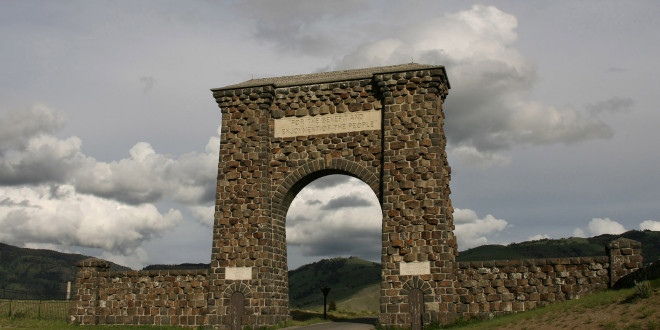
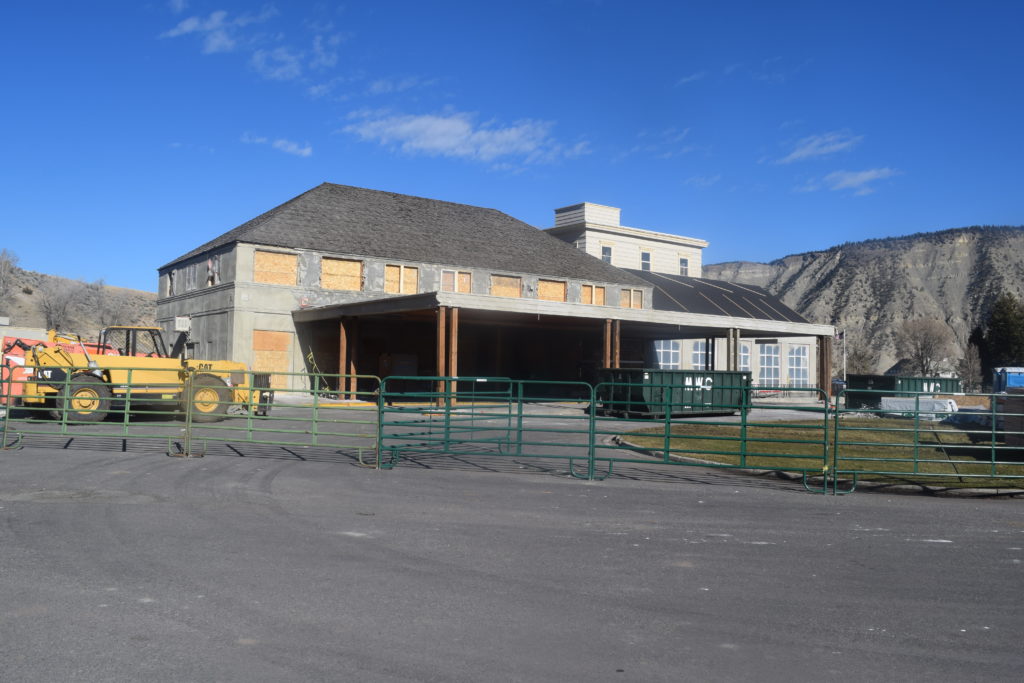
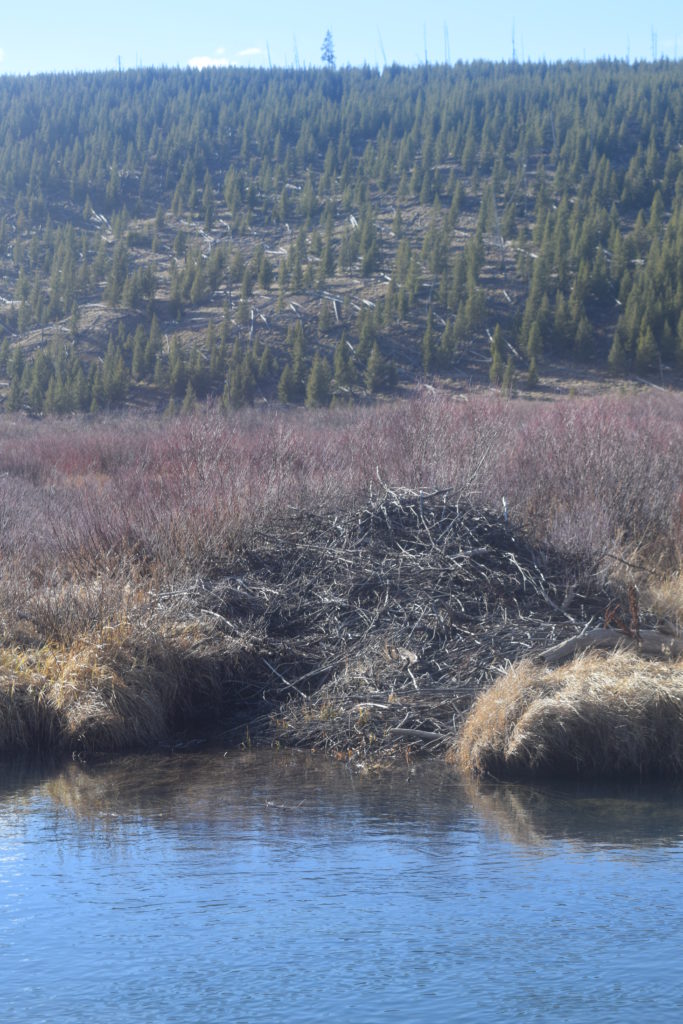
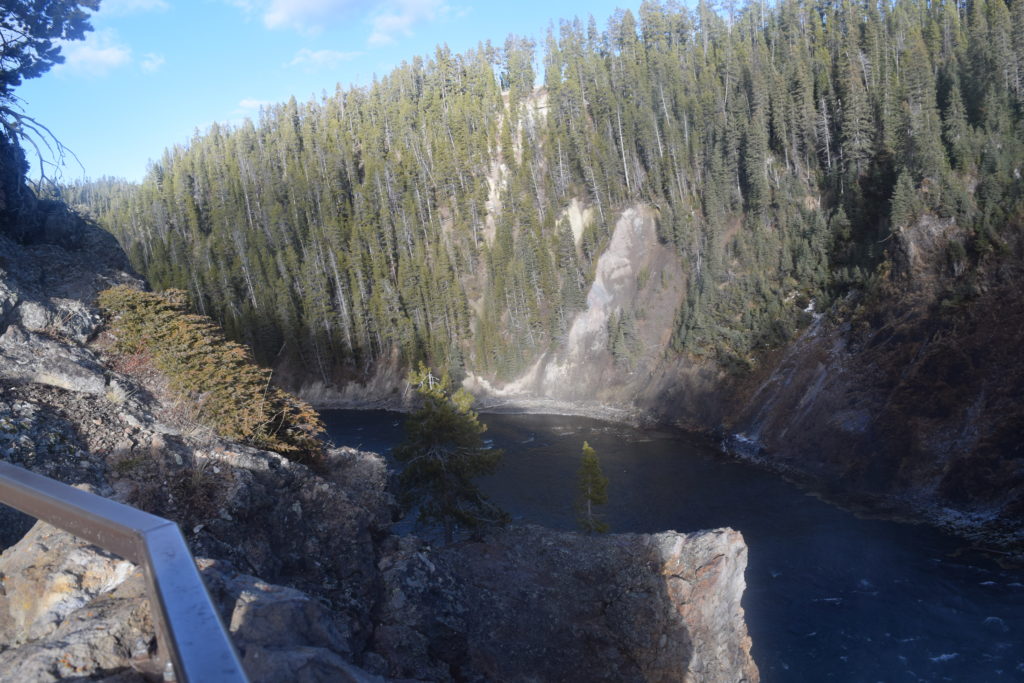

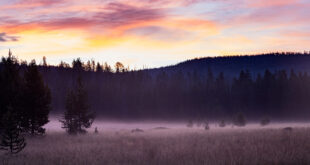
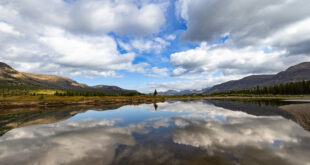
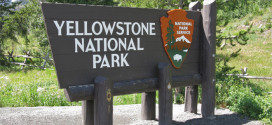
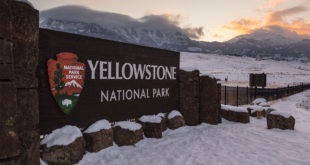
You must be logged in to post a comment.